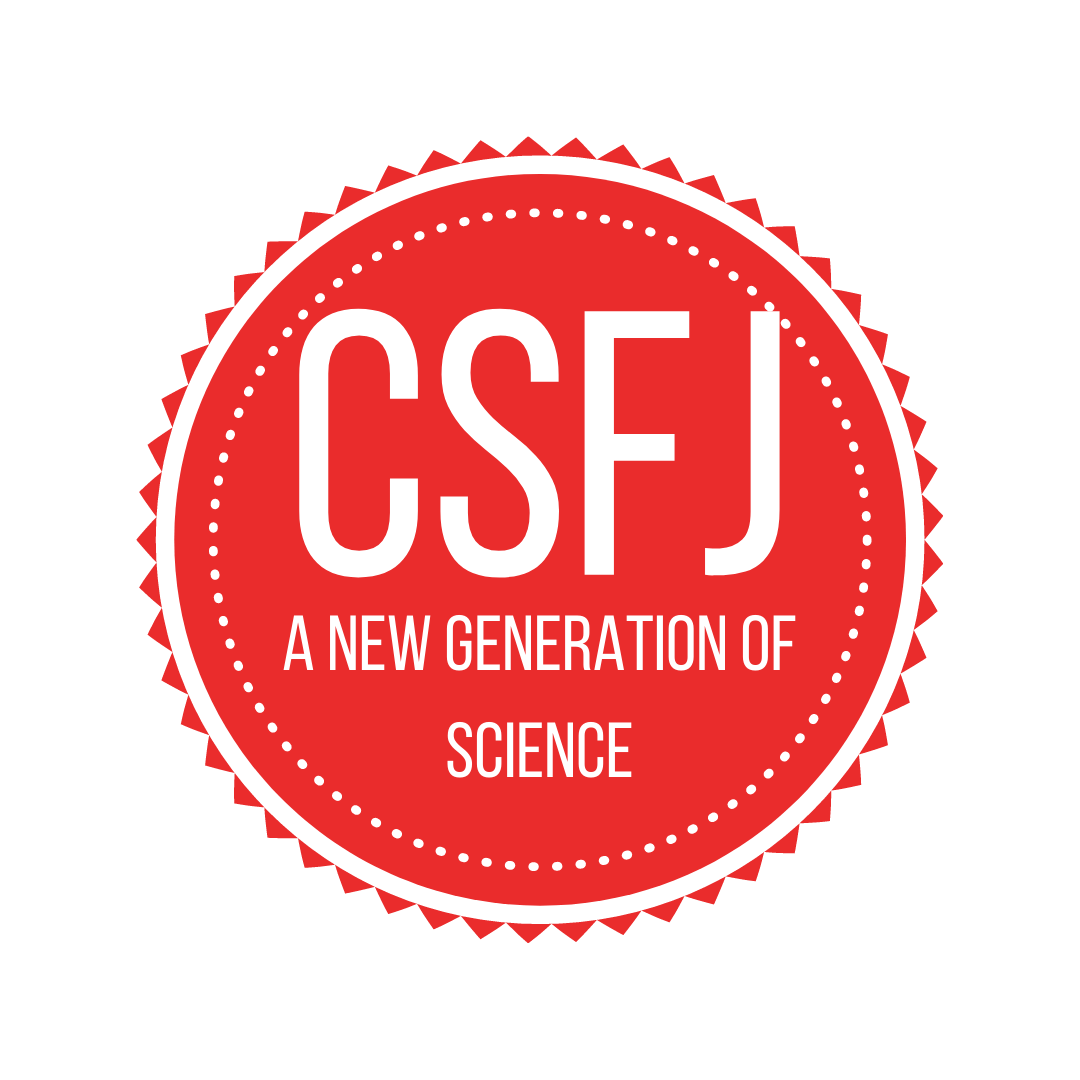February 2021
Volume 3 Issue 5
This month we’re bringing you a diverse group of articles touching on topics all the way from outer space right down to microscopic bacteria. We’re also featuring two projects in collaboration with Little Inventors, an educational organization inspiring kids to pursue their wildest inventions. Read on and explore!
by: Joshua Middleton
Dyslexia is an incurable neurologically-based learning disability causing varying degrees of difficulties decoding language, affecting 15% of the population. Recent technological advances have introduced innovative devices to help people overcome literacy difficulties, but these can be expensive and inconvenient. To solve this problem, a pair of assistive glasses were created to allow for more clarity and focus with a stimulative reminder of directional orientation, to assist dyslexics to read.
by: Haarini Suntharalingam
This article consists of a systematic review and a proposal for an innovation that could revolutionize the method of diagnosis of melanoma. The systematic review component will explore the potential relationship of the presence of lipofuscin in melanoma, and the innovation section will propose a novel diagnostic method for this ailment. As a whole, this article will propose a potential biomarker that can be used to diagnose melanoma along with the development of a detection device that could be used to diagnose melanoma utilizing this biomarker.
By: Arushi Nath
.Backyard Brains talked about how a dragonfly is the best hunter in nature. Who would expect that a small insect can be so good at hunting its prey? I decided that a Dragonfly Bot was the project I would make during the Elle Hacks. I wanted to create a robotic dragonfly that could see from which side the prey was coming and then fly towards it.
By: Artash Nath
Exoplanets are planets around other stars. When an exoplanet transits in front of its parent star, its main body blocks out some light of the star. This causes a dip in the light received. The presence of stellar spots adds noise to this data because they overlap with the path of the transiting exoplanet. The current approach is to identify the effects of spots visually and correct for them manually - which is time consuming and prone to errors. I created a hybrid machine learning model to remove the effects of stellar spots in faint signals of transiting exoplanets’ atmospheres received by the space telescopes. My model was able to accurately predict the exoplanet-star radius ratios in 55 wavelengths with a mean square error of 0.001.
By: William Li & Rowan Ross
Ascidians are marine invertebrate suspension filter feeders that are found all over the world. We found that ascidians efficiently filtered microplastics from water through their natural feeding and respiratory process. Our research demonstrates that this method of bio-filtration is a potentially effective and viable option for the extraction of microplastics in the ocean. These findings could lay the path for future research in safe microplastic extraction from the ocean using live organisms.
by: Connor McNally
The Air Pickup is Connor’s solution to the problem of plastic pollution in the ocean. He explains what it does, how it works, and why this issue matters to him.
In collaboration with Little Inventors
by: Jacqueline Beynon
The Dolphin Speaker is a device that helps dolphins avoid getting caught in commercial fishing nets. Jacqueline explains what it does, how it works, and why this issue matters to her.
In collaboration with Little Inventors
By: Audrey-Ann & Alexandre Simard
This project is an experiment that aims to discover the quantity of bacteria present in reusable bags. Nowadays, reusable bags are increasingly prevalent with the present ecological movement. It is believed that their hygiene is often neglected and that, due to their contact with food, they should be better maintained. With the collaboration Mr. Sabin Harvey, a natural sciences professor, samples were taken on the bags in a biology laboratory of the Collège d’Alma. The hypothesis was that there would be a strong presence of bacteria in the bags, and that this situation could have an important impact on the cleanliness of food.









